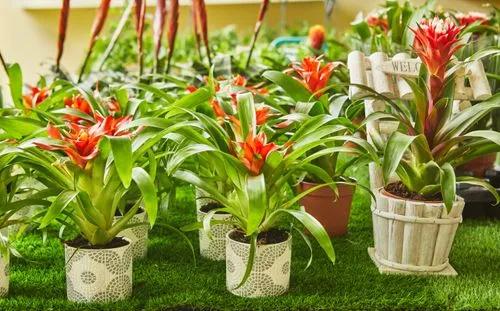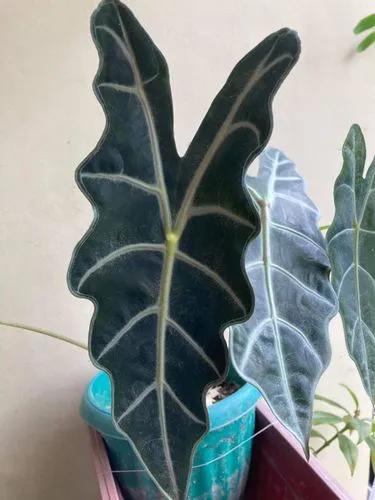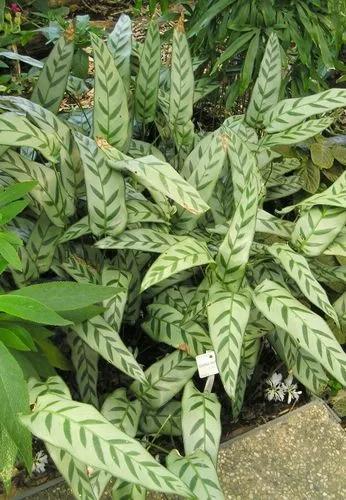The leaves are alternate, they are of two types, with palmately five-lobed juvenile leaves on creeping and climbing stems, and unlobed cordate adult leaves, lauroid type, on fertile flowering stems exposed to full sun, usually high in the crowns of trees or the top of rock faces. Stems are green. It has the largest leaves of any ivy to 15 cm wide and 25 cm long. The flowers are produced from late summer until late autumn, individually small, greenish, produced in large numbers in umbels, and very rich in nectar, an important food source for bees and other insects. It flowers in September and fruits form during or after winter. The fruits are berries, globular and black when ripe. They are an important food for many birds. There are one to five seeds in each berry, which are dispersed by the birds swallowing the berries
Hedera Colchica Care
Hedera Colchica



How to Care for the Plant

Water

Water regularly and bring a fertilizer every month during the growing season. Keep the substrate moist during the winter.

Pruning

Pruning group 11 at any time of year.

Fertilizer

Fertilizer every month during the growing seaso

Sunlight

Partial Shade, Full Shade, Full Sun

Soil

The best time for plantation is March and October. Hedera colchica, easy to grow in any soil remaining cool and in a rather humid climate, is planted all year round in fertile, moist but well-drained soil, preferably against a wall in any situation and sheltered from cold winds. It does not support drought or heavy soils, but is very tolerant of the presence of limestone in the soil.

Additional

Ingestion may cause severe discomfort; contact may irritate the skin.

Popularity

122 people already have this plant 16 people have added this plant to their wishlists
Discover more plants with the list below
Popular articles






